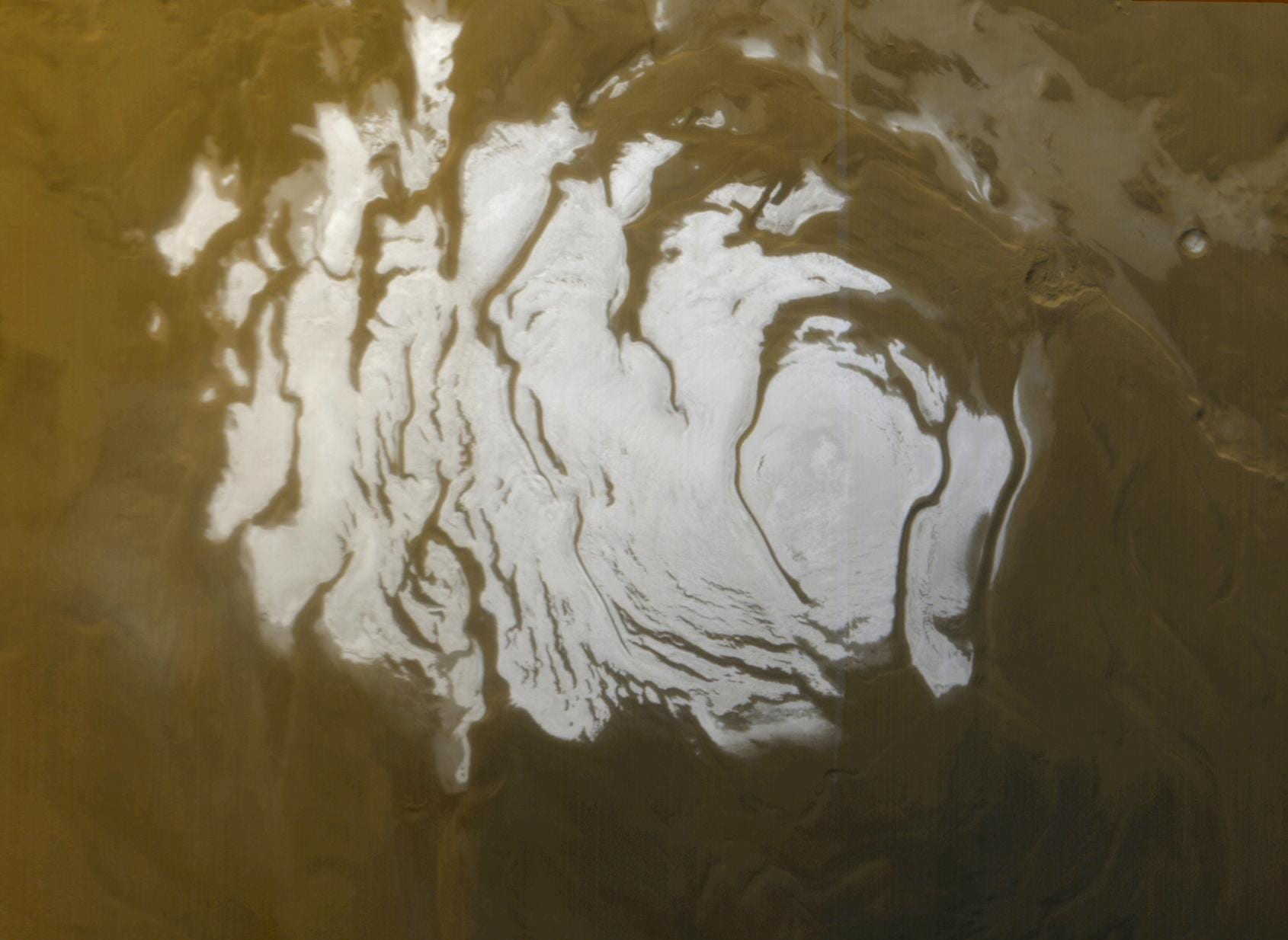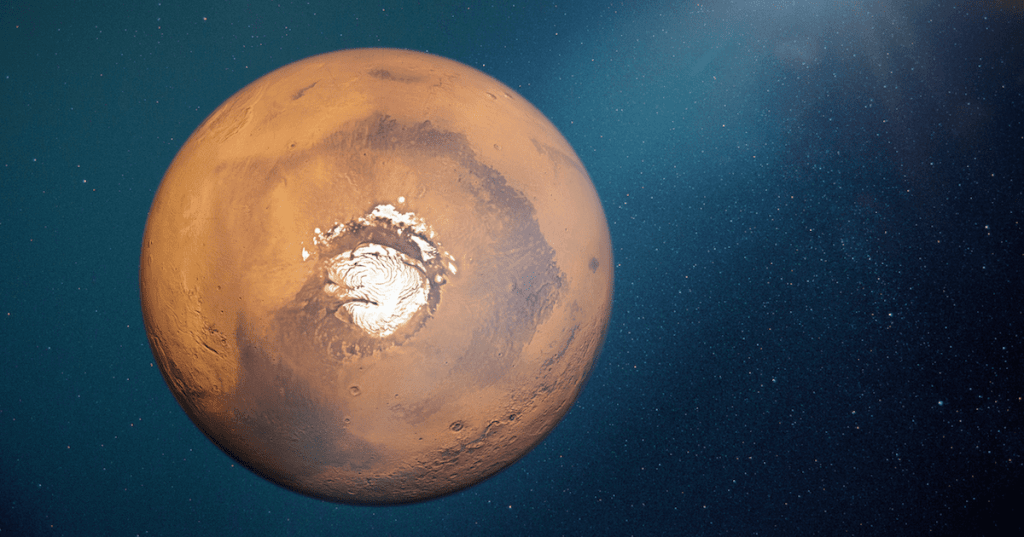Good news, space fans – it looks like there might have been life on Mars after all!
Researchers just confirmed the existence of several lakes underneath the icy surface of Mars’ South Pole.
The one massive lake and several smaller companions were first detected in 2018.

Photo Credit: Pikrepo
The Mars Advanced Radar for Subsurface and Ionosphere Sounding (MARSIS), a joint effort between Alenia Space Italy, the European Space Agency, and NASA, roamed over 250 by 300 kilometers (155 by 186 miles) to identify Mars’ polar underground lakes.
The device works by releasing radar pulses from above that then reflect the underground material. Although the region where these lakes were discovered is suspected to be close to -68°C (-90°F), each body of water miraculously remains in liquid form.

Photo Credit: NASA JPL
What keeps these lakes from freezing over remains a bit of a mystery. At the height of the first detection in 2018, scientists hypothesized that a large, geothermal source beneath the bodies of water might be warming the bodies of water. Upon this recent discovery of additional lakes, however, researchers believe it’s much more likely that high concentrations of salt are responsible for the keeping the lakes from becoming glaciers. Still, subglacial lakes or not unheard of. Earth has several bodies of water beneath the surface of its poles due to tons of pressure from ice above.

Photo Credit: ESA
The discovery of this system of lakes suggests that water systems on Mars are not an anomaly. For researchers, this is a huge step towards uncovering Mars’ still murky past. According to scientists at the University of Rome, this specific finding unveils a much clearer picture of the red planet’s relationship with water.
Professor Elena Pettinelli remarked:
“We now think [the lake system] has probably survived a very long time. We are thinking for millions of years for sure.
It probably got progressively covered by ice when the climate changed.”
Although our closest neighbor couldn’t look more different from Earth, it seems that Mars could have a past that closely resembles our present. It’s possible that the red planet could even enhance our own understanding of climate change.

Photo Credit: iStock
In the last decade, our relationship with Mars has changed due to a litany of different factors. Once thought of as a barren wasteland, Mars is now shaping up to look like a very unfortunate future version of Earth. Further research of Mars continues, in spite of cost and logistic difficulties. The MARSIS team believes that there’s even more water trapped beneath Mars’ South Pole, so the mission’s not over yet.
What are your thoughts on the official discovery of these lakes on Mars? What do you think lies in the Red Planet’s past?
Share with us in the comments below!






